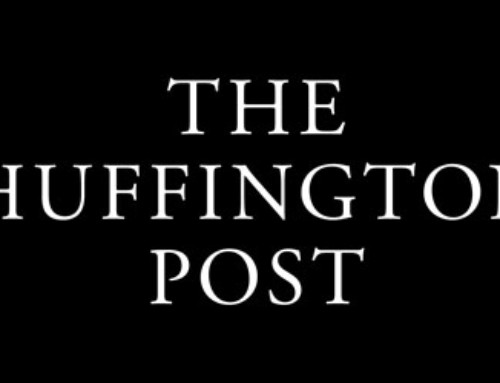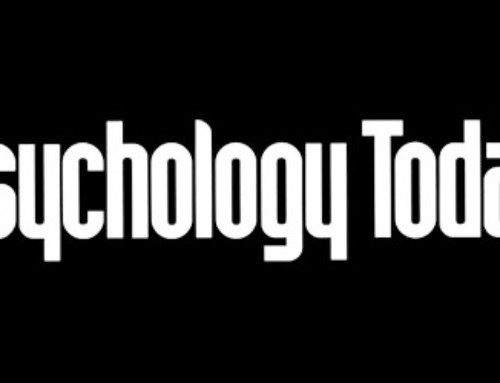In our ever accelerating information age, it’s easy to think the sky’s the limit. Facebook lets you have up to 5,000 friends, you can collect millions of Twitter followers, and new social media platforms are emerging, each one wanting to be the next big breakthrough platform. But according to evolutionary anthropologist Robin Dunbar, our meaningful social circle can’t ever exceed between 100 and 230 people (with an average of 150 people).
How did Dunbar’s number come about? Robin Dunbar figured out how there’s a direct relationship between the size of our brain and the size of our social group. Even though we mostly live in cities now, we evolved from hunter-gatherer societies, where the average village size was 150. The size of Roman legions was also 150. From the time modern human emerged, 250,000 years ago, Dunbar’s number can be viewed as a constant.
This is both a social and cognitive number. There’s a set number on whom we can maintain stable, meaningful social relationships. Once you go past Dunbar’s number, the effectiveness of your social network drops precipitously and logarithmically. In the real world, the laws of physics and space-time prevent you from carrying out meaningful relationships with thousands of people.
Even though we have Internet accessibility to millions of people across the globe, it’s our real-time interactions, and fully interactive relationships that make us human. Your Nook may hold up to 6,000 books, but we still read novels one sentence at a time. Real life experience is still the measuring stick for living a quality life. The globetrotting PBS travel advice superstar, Rick Steves lets you tour London from the comfort of your living room, but visiting London and getting tips on its best pubs are two different things. The right information can lead you on the path of knowledgeable application, but it isn’t going to buy your plane ticket. Having thousands of social media friends isn’t the same as having friends you have meaningful personal interactions with.
Our hunter-gatherer villager ancestors roamed the Earth back when it literally did “take a village” to raise children. While someone in the outer circle of the group might prevent a child from wandering off in the cave of a wild beast, those folks on the outer fringe of societies were also useful as the watchers and, perhaps seers for the tribe. Today, visionaries and protectors are just as important as they were in prehistoric times.
Here’s the other thing about the connections we can have in our socially-networked world: loose connections matter more than ever. People you know who are on the far fringe of your established circle might see prospects and possibilities your closest friends may not be able to imagine. You’re more likely to hear about your next job, new apartment, or cultural or social opportunities from a loose connection — an informed and significantly connected person, who’s several connections removed — than from your closest connections.
We don’t generally interact with 150 people in a given week, or sometimes even within a month’s time. But we will easily interact with 150 people over the course of a year, especially when you consider the cross-over between business and personal contacts, and the way social interactions overlap into many other areas. So, think about your connections, grow your network, and realize the fluid world of social networking is an evolving concept, but a concept that may already have a clearly defined number built into it.




